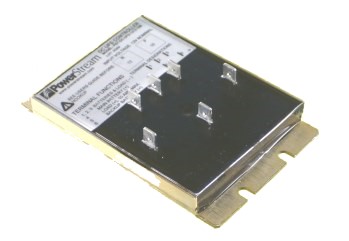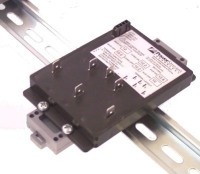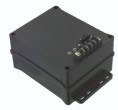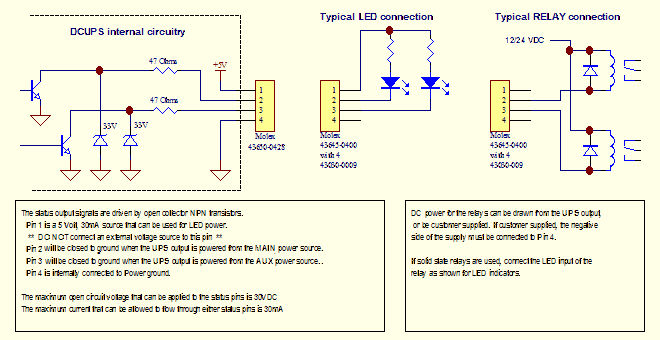
| March 3, 2023 | |||||||||||||||||||||||||||||||||||||||||||||||||||||||||||||||||||||||||||||||||||||||||||||||||||||||||||||||||
12V UPS controller and DC UPS for use in cars and buses with 12A pass through |
 More battery backups for buses, emergency vehicles and vehicle instrumentation |
||||||||||||||||||||||||||||||||||||||||||||||||||||||||||||||||||||||||||||||||||||||||||||||||||||||||||||||||

 Optional DIN rail mount Optional DIN rail mountAutomotive battery backup system 12 volt DC UPS module or battery backup (BBU) keeps 12 volt equipment alive in cars and taxis using an external sealed lead acid battery.
|
 Click here for more vehicle battery backup products |
||||||||||||||||||||||||||||||||||||||||||||||||||||||||||||||||||||||||||||||||||||||||||||||||||||||||||||||||

Click here for the 24V 12A car UPS controller |
|||||||||||||||||||||||||||||||||||||||||||||||||||||||||||||||||||||||||||||||||||||||||||||||||||||||||||||||||
 Click here for 5 amp version with status output |
|||||||||||||||||||||||||||||||||||||||||||||||||||||||||||||||||||||||||||||||||||||||||||||||||||||||||||||||||
This is the big brother of the PST-DC-UPS-1212. It allows equipment in cars to run under battery backup with up to 12 amps, 144 watts nominal. In addition it charges the auxiliary battery at up to 0.8 amps. The features are as follows: First it allows you to safely charge an external lead acid battery from the car electrical bus by isolating and current regulating the connection to the auxiliary battery. Second it isolates the extra battery from the car so it won't be discharged by the car electronics, and it won't try to participate in starting the car. Third it powers your equipment in the car using the car electrical system, but switches to external battery power when the car's battery is removed, stolen, or drops below a predetermined voltage, acting as a battery backup (BBU). Fourth, it prevents the external battery from being over discharged, keeping it from being damaged. Fifth, it prevents your equipment from running the car's battery down so the car can't be started. In one configuration it cuts off the car's battery when the voltage gets below 13.1 volts, then switches over to the external battery, in other words, it switches over to the auxiliary battery when the engine is shut off and the alternator stops. In another configuration the crossover voltage is lower, say 12.0 volts. This allows your equipment to run off the car's battery but cut off while the car's main battery still has enough power to safely start the engine. Sixth, it prevents your equipment from losing power while the vehicle is cranking the starting motor. To solve these problems we invented this charging board. The idea is that you can connect the module to the car's electrical bus and it will charge an external 12 volt lead acid battery of your choice. Your equipment, which can be a small computer, telemetry equipment, or a car alarm, is connected to the module. This equipment runs off the automobile's electrical bus until the voltage of the bus drops below a preset voltage, the "N" voltage (from 13.1 to 11.9 volts, depending on your needs). Then the external battery takes over. When the external battery drops below the "P" preset voltage (Between 10 volts and 3 volts depending on your requirements) the power is cut off to either prevent damage to the external battery or to run your equipment as long as possible. This uninterruptible power supply control module is specifically designed to withstand the harsh electrical and temperature requirements of automotive equipment including spike, dropouts, load dumps, jump-starting, high and low temperatures.
The PST-DC-UPS-1212-12A can be ordered with a range of "N" and "P" values, as explained in the following table.
Hook up diagram:  Connection diagram Connection diagram  Dimensions, click on drawing for larger view  DIN rail mounting option (shown here on the 3 amp version of the DC UPS) Questions and Answers 1. Q: My application needs more than 12 amps pass-through current, what can I do? A: A 15 amp unit is available, call and let us know your requirements. 2. Q: When the module turns off because both batteries are below their set points when does the module turn back on? A: The module turns back whenever the main battery or auxiliary battery is greater than their N or P values (this is an improvement over the 3 amp UPS module which turns on only when the car exceeds its N value). 3. Q: What do you have for 24 volt systems? A: Use the 24 volt version of the 12 Amp backup module which will use 24 volt auxiliary batteries in a 24 volt vehicle. 4. Q: What is the recommended fusing? A: If you fuse both the input positive and auxiliary battery positive with a 20 amp fast blow fuse the module will be protected from reverse polarity and short circuit conditions. In addition, if the load can source current it should have a 20 amp fast acting fuse as well. 5. Q: I need a signal to tell me what the status of the UPS, whether it is on the main circuit, the auxiliary battery, or turned off. A: This has "dry contact" annunciation, in other words a switch closes to indicate that the system is on auxiliary battery power. 6. Q: I am charging a very small battery with this, the 1.5A charge rate is too high according to the battery manufacturer. A. The charge algorithm used is kind to the batteries even when the maximum charge rate is over the C/3 rate specified by the battery manufacturers. For more information click on this link. |
|||||||||||||||||||||||||||||||||||||||||||||||||||||||||||||||||||||||||||||||||||||||||||||||||||||||||||||||||
| Bus battery backup system, car battery backup system, truck battery backup system, vehicle BBU | |||||||||||||||||||||||||||||||||||||||||||||||||||||||||||||||||||||||||||||||||||||||||||||||||||||||||||||||||
|
|
|
| |||||||||